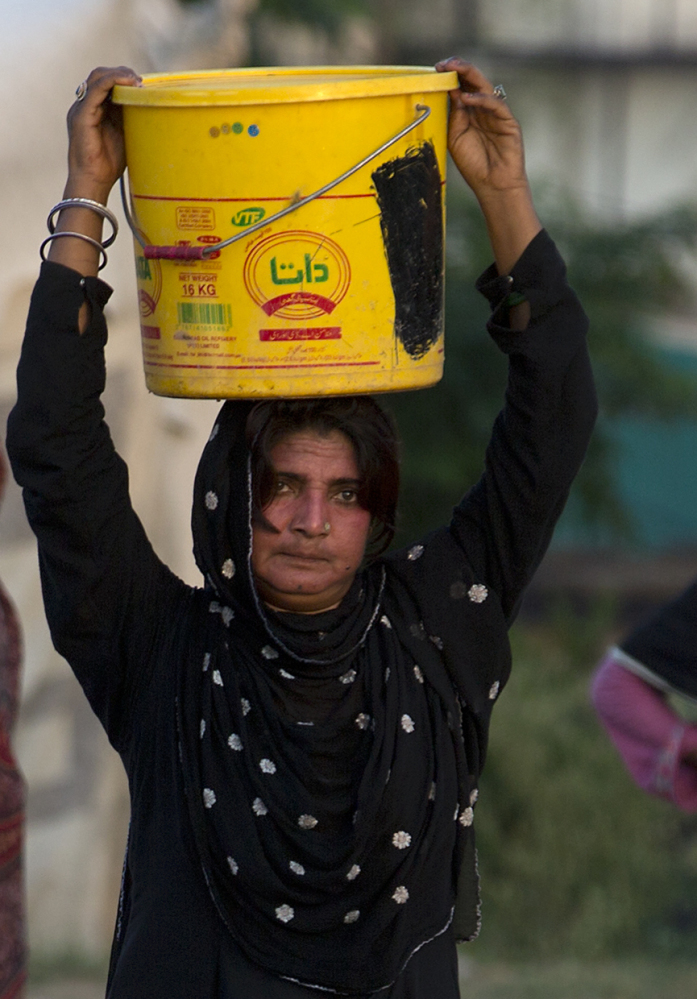ISLAMABAD — Some 50 million people are at risk of arsenic poisoning from contaminated groundwater in Pakistan’s Indus Valley, according to a new study.
Pakistan is aware of the growing problem, with arsenic levels rising in some areas as people increasingly and indiscriminately draw from aquifers, said Lubna Bukhari, who heads the government’s Council for Research in Water Resources.
“It’s a real concern,” she said. “Because of lack of rules and regulations, people have exploited the groundwater brutally, and it is driving up arsenic levels.”
The authors of the study developed a map highlighting areas of likely contamination based on water quality data from nearly 1,200 groundwater pumps tested from 2013 to 2015, and accounting for geological factors.
The high-risk area broadly covers the middle and lower reaches of the Indus River and its tributaries, before they empty into the Arabian Sea.
Normally, that arsenic would stay in the ground. But South Asian countries concerned with pathogen-infused surface water have been pumping enormous volumes of groundwater, causing the water tables to drop drastically and tapping into new water pockets tainted by the colorless, odorless toxin.
The World Health Organization considers arsenic concentrations above 10 micrograms per liter to be dangerous. Pakistan’s guideline is five times that.
Arsenic is naturally occurring and kills human cells – causing skin lesions, organ damage, heart disease and cancer.
Send questions/comments to the editors.



Success. Please wait for the page to reload. If the page does not reload within 5 seconds, please refresh the page.
Enter your email and password to access comments.
Hi, to comment on stories you must . This profile is in addition to your subscription and website login.
Already have a commenting profile? .
Invalid username/password.
Please check your email to confirm and complete your registration.
Only subscribers are eligible to post comments. Please subscribe or login first for digital access. Here’s why.
Use the form below to reset your password. When you've submitted your account email, we will send an email with a reset code.